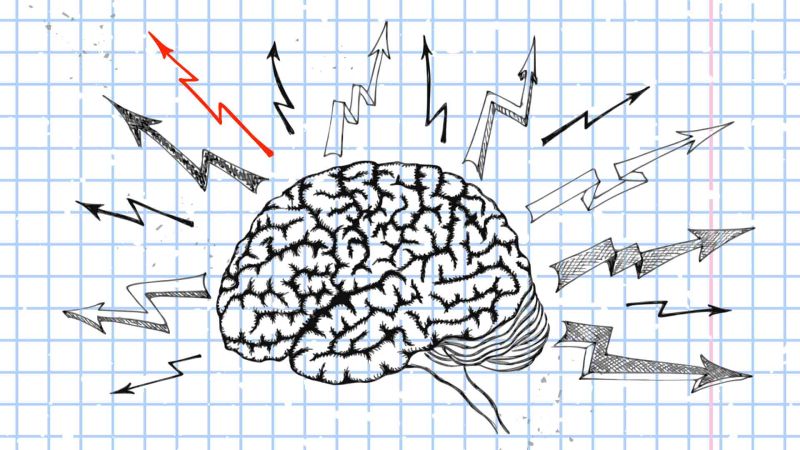Due to the host of identifying and diagnosing issues, many kids slog through school not knowing they have a learning difference, and an estimated 40 million American adults suffer from dyslexia, though experts guess only 2 million are aware of it.
Yet, understanding, recognizing, and providing intervention for students with dyslexia has never been more important than right now.
Ours is an age of rapid acceleration of technological, demographic, and economic changes that are overturning industries and cultures. And until dyslexia-supportive technologies (discussed in Chapter 5) are fully accepted, embraced, and utilized in workplace environments, being able to read and write will continue to be a crucial skillset for success not only in school but also in life beyond school:
- As more and more jobs rely on computers, workers need basic literacy skills even to do such work as operating and repairing machinery.
- As more learning systems migrate online, workers who must learn new skills to keep their current positions will need sufficient literacy to use systems that may not be dyslexia-supportive.
- CEOs and experts have said that higher-order thinking skills like creativity, problem-solving and critical thinking are now critical to success—and absent supportive technologies. Such higher order skills will still require the involvement of visual reading comprehension.
And for those who don’t have the benefit of early intervention? Many face a lifetime of debilitating consequences: statistically, students who can’t read at grade level by third grade are four times more likely not to finish high school; one in five students with a learning disability will drop out.
Dropping out of high school, coupled with reading disability, especially for poorer students, can be a cocktail of negative effects. Nearly half of incarcerated adults don’t have a high school diploma, and 60 percent of the prison population is functionally illiterate. According to a study performed on inmates in Texas, about 48 percent of inmates have dyslexia.
And, at the most basic level, dyslexics are more vulnerable to mental illness—an estimated 60 percent of dyslexic children and adolescents also have a mental or emotional disorder, most commonly ADHD, depression, and anxiety—and have a higher incidence of suicide attempts. Understanding dyslexia can enable people to find the help and support they need. You can learn more about how some individuals learned about their dyslexia and how they successfully advocated for help in Chapter 6, “Possibilities.”
WHAT YOU MIGHT NOT KNOW ABOUT DYSLEXIA
We’ve discussed the overarching and compelling WHY, now let’s discuss some broad strokes of WHAT:
- Dyslexia occurs in every language and in children from every background, regardless of race or socioeconomic status.
- Many dyslexics become successful adults, whether it’s because of their different brain, or in spite of it. Having a learning difference doesn’t doom a student to failure. Dyslexics are doctors, lawyers, professors and business people as well as artists, musicians, nurses and firefighters.
- For years, state special education laws refused to use the word “dyslexia,” though it’s not entirely clear why.
- Experts have pointed out that dyslexia was once thought (wrongly) to be a medical condition, and others have said that dyslexia was often left out of laws because the “treatment” is both expensive and needs a specially trained teacher to administer correctly.
- Dyslexia awareness and understanding is growing, thanks in large part to passionate activism on the part of frustrated parents and teachers who are moving schools and districts toward change.
- The awareness and activism is slowly changing the omission of dyslexia from law: thirty-nine states have passed dyslexia laws surrounding learning disabilities in the past few years, slowly making their way down into districts.
- The state of California, along with Tennessee and a few others, have in the past couple of years issued first-ever specific guidance for schools and educators on how to assess and provide resources for those diagnosed with dyslexia.
- There is no “cure” for dyslexia. But when reliable, research based interventions are methodically applied, students can go on to read, they can be academically successful, and they can go on to live fulfilling lives doing whatever they choose.
But the earlier parents and teachers can recognize the signs of dyslexia and get help, the faster those students can halt feelings of failure and begin on the path to success.
This is the introduction of the MindShift Guide to Understanding Dyslexia. You can find the remaining chapters and a complete printable PDF of the entire guide by clicking here.


